Fish Farming and Aquaculture
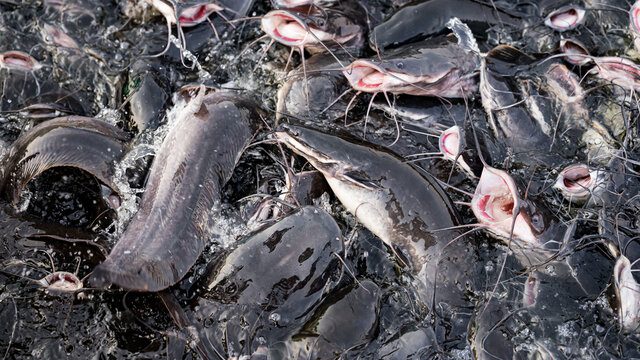
Aquaculture refers to the farming of aquatic organisms, including finfish, crustaceans, mollusks, plants, and algae for human use. It has been practiced by cultures around the globe for millennia. However, as global fish stocks decline, and the negative consequences of land-based animal agriculture become increasingly obvious, aquaculture has been touted as a sustainable solution to meet the dietary needs of a growing global population. Its proponents argue that the “blue economy” will revolutionize the global food system.
Its proponents argue that the “blue economy” will revolutionize the global food system. Indeed, the farming of aquatic animals is the fastest-growing sector in agriculture in the United States and worldwide, with global production of aquatic species tripling over the past two decades. Amid such rapid growth, the significant animal welfare and environmental ramifications of an increasingly industrialized aquaculture sector have largely been ignored.
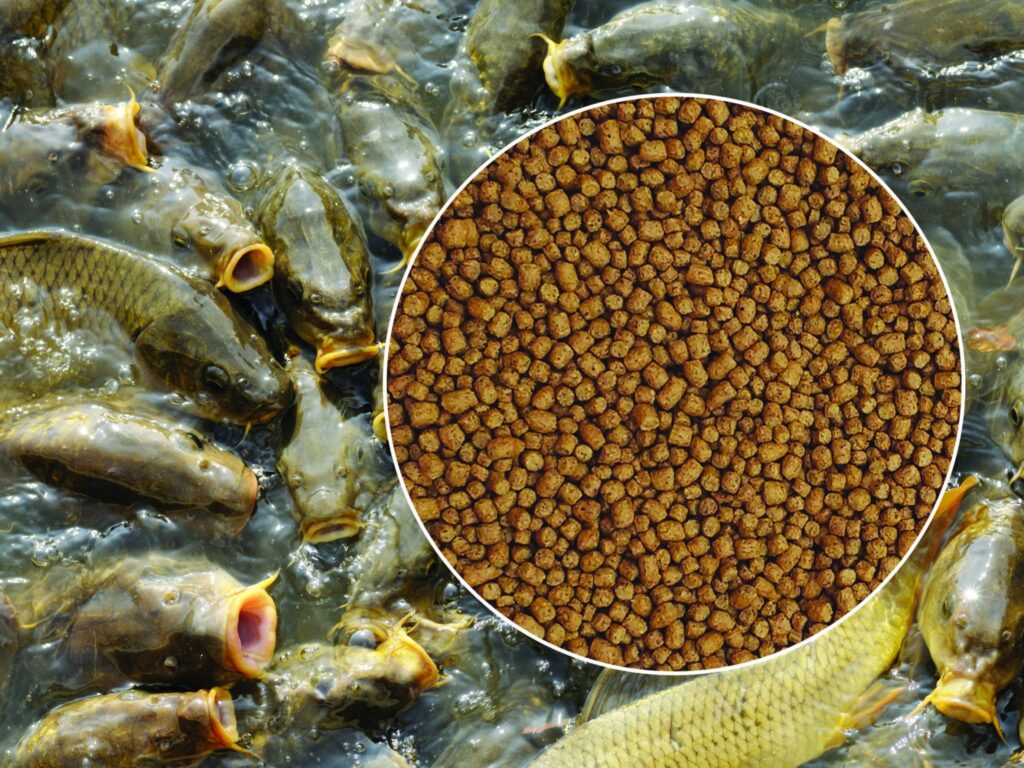

Nigeria, a nation blessed with abundant natural resources, is experiencing a surge in demand for a delicious and nutritious protein source: fish. This isn’t just an anecdote – consumer spending on fish is on the rise, driven by a growing population and a shift towards healthier food choices. But can traditional fishing methods keep pace with this rising tide? The answer lies in aquaculture, the sustainable practice of fish farming.
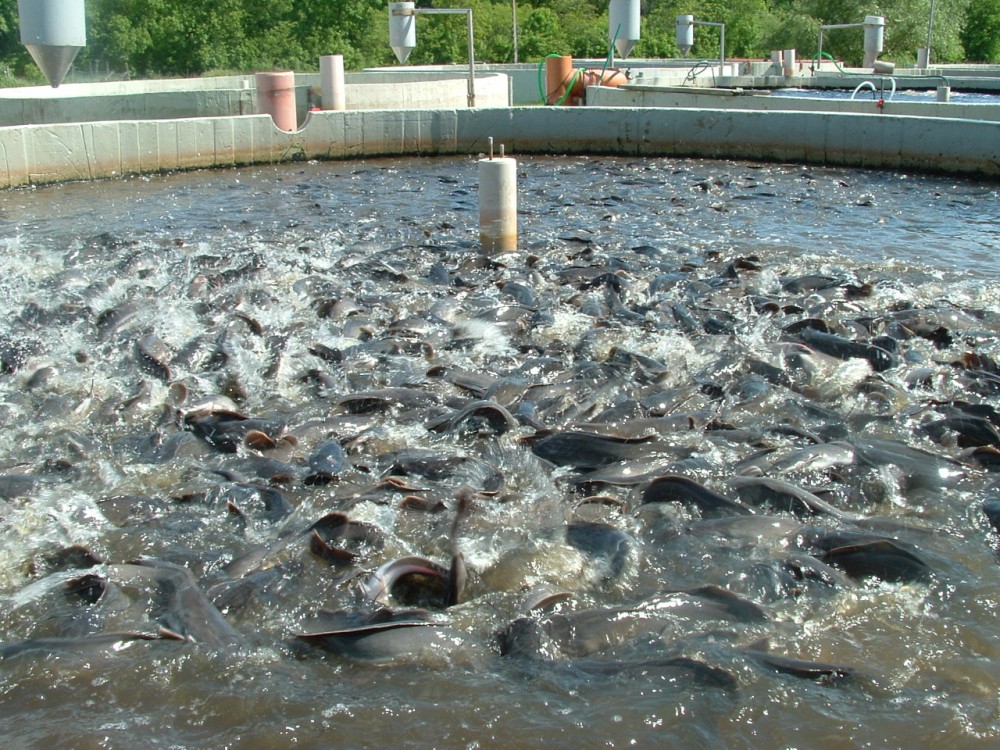
In this comprehensive guide, we’ll dive deep into the exciting world of Nigerian aquaculture. Whether you’re a complete novice curious about starting your fish farm, or a seasoned aquaculturist looking to expand your operation, this post is your one-stop resource. We’ll explore the exploding demand for fish in Nigeria, analyze the lucrative potential of fish farming, and provide valuable insights specifically tailored to your experience level.
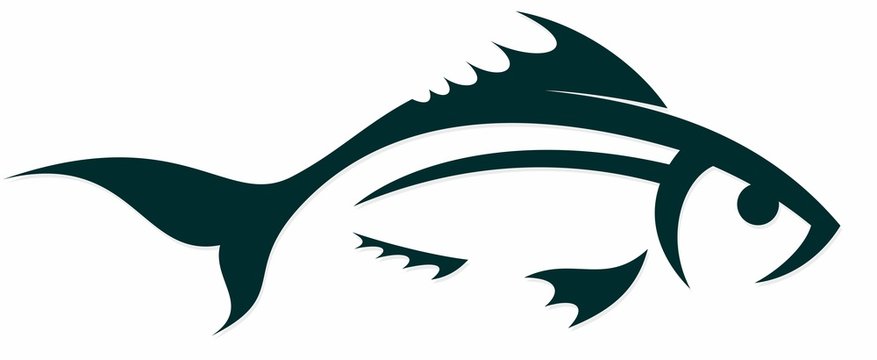
Choosing the Perfect Fish for Your Nigerian Aquaculture Business
Nigeria boasts a thriving aquaculture industry, and choosing the right fish species is crucial for success. This post dives into three popular options: catfish, tilapia, and the potential of pangasius.
1. Catfish: The King of Nigerian Aquaculture
Catfish reigns supreme in Nigerian fish farming. Its popularity stems from several factors:
- High Demand: Nigerians love their catfish! This ensures a steady market for your harvest.
- Breeding Ease: Catfish are known for their relatively simple breeding process, making them suitable for both beginners and experienced aquaculturists.
- Fast Growth: Catfish boasts a good growth rate, allowing you to bring your product to market quicker and maximize profits.
2. Tilapia: The Fast-Growing Contender
Tilapia is another excellent choice for Nigerian aquaculture. Here’s why:
- Rapid Growth Rate: Similar to catfish, tilapia matures quickly, ensuring a fast turnaround and efficient production cycle.
- Disease Resistance: Compared to some fish species, tilapia demonstrates a higher resistance to certain diseases, reducing potential losses.

3. Pangasius: A High-Value Option (Optional)
Pangasius might be the fish to watch for those seeking a high-value product. While not as established as catfish or tilapia, pangasius offers:
- Premium Market Potential: Pangasius fetches a higher price point compared to some other freshwater fish, potentially leading to increased profits.
Choosing Your Perfect Fish
The ideal fish for your aquaculture business depends on your specific goals and resources. Catfish is a safe bet due to its established market and ease of breeding. Tilapia offers a strong combination of fast growth and disease resistance. Pangasius presents an exciting option for those seeking a potentially high-value product.
Remember, conducting thorough research on each species and consulting with experienced fish farmers is crucial before making your final decision. With the right choice and dedication, your Nigerian aquaculture business can thrive!
Dive into Fish Farming: A Guide to Setting Up Your Fish Farm
Fish farming, also known as aquaculture, is a rewarding venture that allows you to raise fish for food or recreation. But before you dive headfirst into this exciting aquatic adventure, there are some crucial steps to consider to ensure a successful fish farm. This guide will equip you with the essential knowledge to set up your fish farm, from choosing the perfect location to acquiring healthy young fish.
1. Locating Your Fish Farm: The Foundation for Success
The location of your fish farm is the cornerstone of its future. Here are some key factors to ponder when choosing your plot:
- Water Source: Fish need clean, consistent water to thrive. Consider if you’ll rely on a well, spring, river, or another source. The quality and availability of water will significantly impact your fish’s health and your farm’s operations.
- Proximity to Market: Where will you sell your fish? Ideally, your farm should be situated near your target market to minimize transportation costs and ensure fresh, high-quality fish reach your customers.
- Land Availability: The size of your land will determine the scale of your fish farm. Ensure the land is suitable for pond construction and has proper drainage. Consider seeking professional advice to assess the land’s suitability for aquaculture.
By carefully considering these factors, you can select a location that sets your fish farm up for success.
2. Constructing Fish Ponds: Building Your Aquatic Haven
Now that you have your ideal location, it’s time to construct your fish ponds. Here’s a basic overview of the process:
- Pond Size: The size of your ponds will depend on the type of fish you plan to raise, the number of fish, and your overall production goals.
- Pond Materials: Ponds can be constructed from various materials like concrete, liners, or compacted earth. The choice depends on factors like budget, desired size, and terrain.
Remember, consulting with experienced fish farmers or professionals can guide you in selecting the most appropriate pond construction methods for your specific needs.
3. Obtaining Fingerlings or Juveniles: Choosing Your Future Fish Stars
Once your ponds are ready, it’s time to find the stars of your fish farm – the fingerlings or juveniles (young fish). Here are some options to consider:
- Hatcheries: Fish hatcheries specialize in breeding and raising fish from eggs to fingerlings. This can be a reliable source for healthy, disease-free young fish.
- Other Fish Farms: Established fish farms may sell fingerlings or juveniles of the specific species you’re interested in raising.
- Online Retailers: Several online retailers offer fingerlings and juveniles for purchase. Conduct thorough research to ensure reputable sources and proper shipping practices for live fish.
By choosing healthy fingerlings or juveniles from reputable sources, you give your fish farm the best chance to flourish.
Stay tuned for the next part of this guide, where we’ll delve into essential aspects of fish farm management, including fish selection, feeding practices, and water quality maintenance. With careful planning and execution, you can establish a thriving fish farm and embark on a rewarding aquaculture journey!

Fish Farm Management: A Guide to Keeping Your Fin Friends Thriving
Fish farming, also known as aquaculture, is a growing industry that provides a sustainable source of protein. But just like any other agricultural practice, success hinges on proper management. Here, we’ll delve into three crucial aspects of fish farm management: feeding, water quality, and disease prevention. By understanding these areas, you can ensure the health and well-being of your fish, maximizing your yield and creating a thriving aquaculture operation.
1. Feeding Your Fish: Fueling Growth and Health
Fish have specific dietary needs, and providing the right type and amount of food is essential for their growth and health. Here’s a breakdown of feeding strategies for your fish farm:
- Feed Types: The ideal feed for your fish depends on the species you’re raising. Formulated feeds, containing a balanced mix of proteins, carbohydrates, vitamins, and minerals, are widely available and ensure proper nutrition. For some fish species, live feeds like insects or small crustaceans may also be part of the diet.
- Feeding Frequency: Fish typically need to be fed multiple times a day, with the exact frequency depending on species, age, and water temperature. Overfeeding can pollute the water, so monitoring fish activity and adjusting feeding amounts accordingly is crucial.
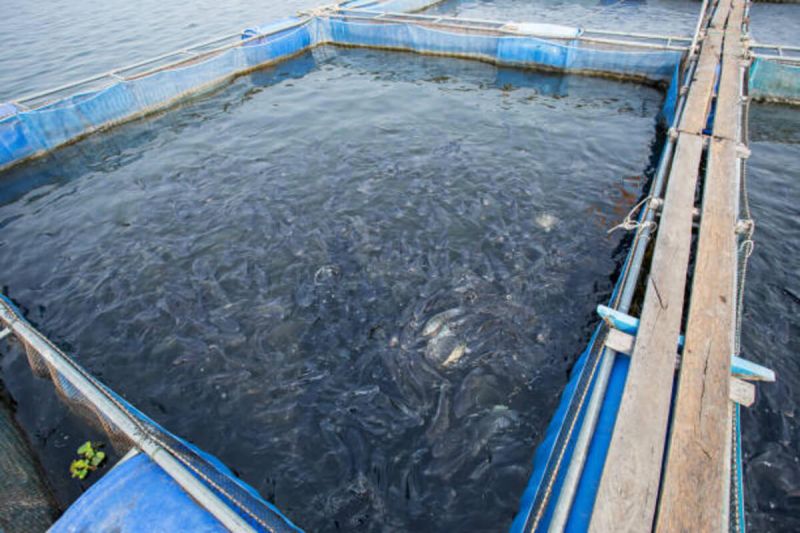
2. Maintaining Water Quality: The Essence of a Healthy Environment
Just like us, fish need clean water to thrive. Maintaining good water quality is paramount for fish health and prevents disease outbreaks. Here’s why it matters:
- Optimal Growth: Healthy water provides the right balance of oxygen, temperature, and other parameters that fish need for optimal growth and development.
- Disease Prevention: Fluctuations in water quality can stress fish, making them more susceptible to diseases. Consistent monitoring and adjustments help maintain a healthy environment for your fish.
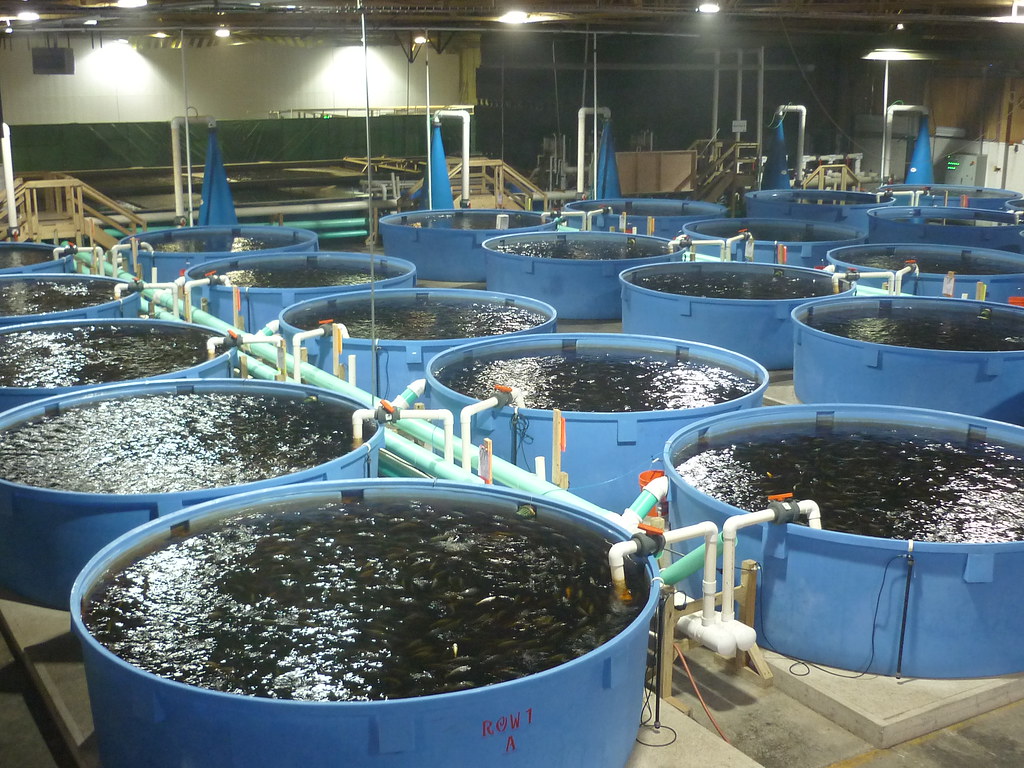
3. Preventing and Controlling Fish Diseases: Keeping Your Stock Healthy
Fish diseases can devastate your aquaculture operation. By taking preventive measures and being prepared to deal with outbreaks, you can minimize losses and ensure the well-being of your fish:
- Preventive Measures: Maintaining good water quality is the primary defense against fish diseases. Quarantining new fish before introducing them to the main population helps prevent the introduction of pathogens.
- Disease Control: Early detection is key. Familiarize yourself with common fish diseases and their symptoms. Treatment options vary depending on the specific disease and consulting a veterinarian or experienced fish farmer may be necessary.

By following these essential fish farm management practices, you can create a thriving environment for your fish, ensuring their health, promoting sustainable growth, and ultimately, the success of your aquaculture operation.
Are you ready to embark on your rewarding fish farming journey? We can help! Download our comprehensive resource guide packed with valuable information on getting started, from selecting the right fish species to pond management techniques. Subscribe to our email list for regular updates and industry insights. For personalized guidance, feel free to contact us for a consultation. Let’s turn your passion for fish farming into a reality!